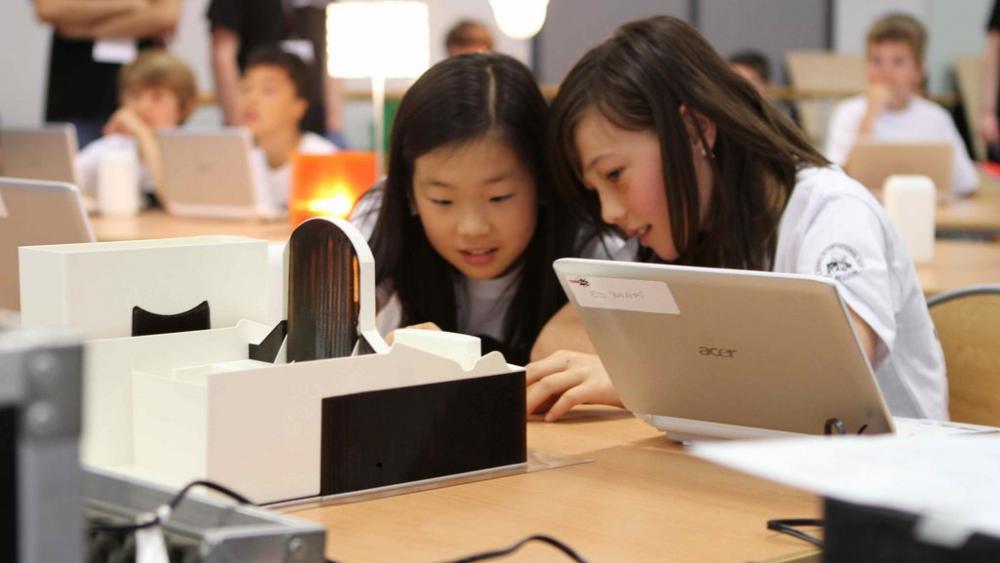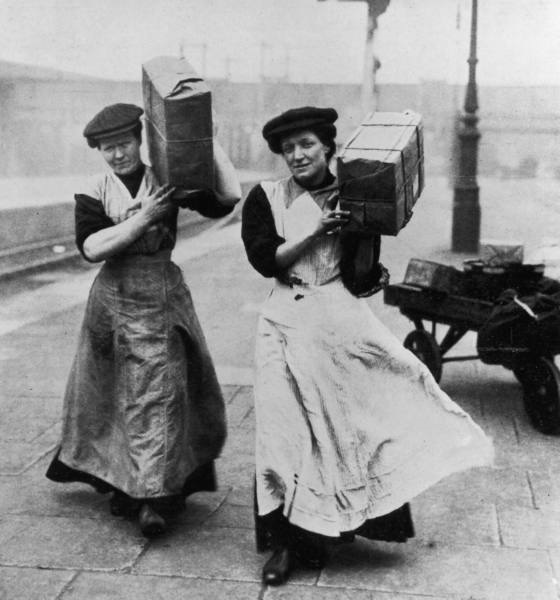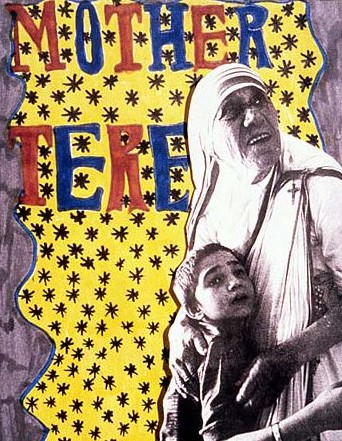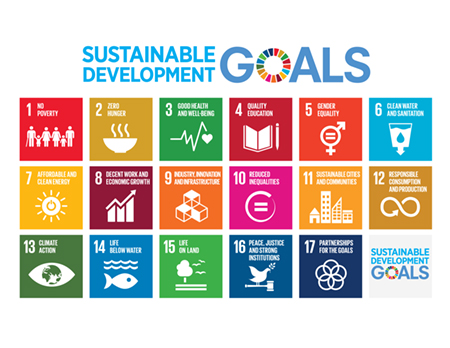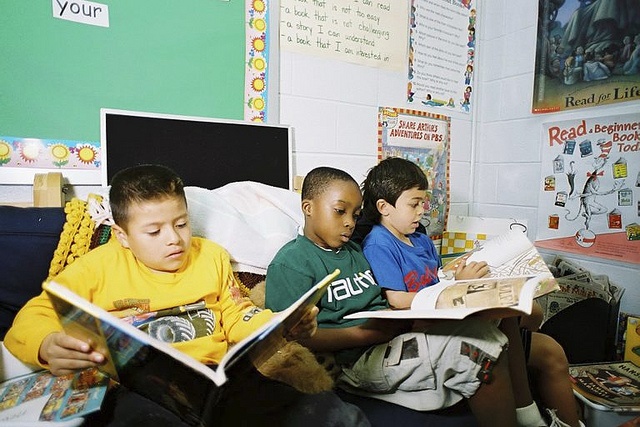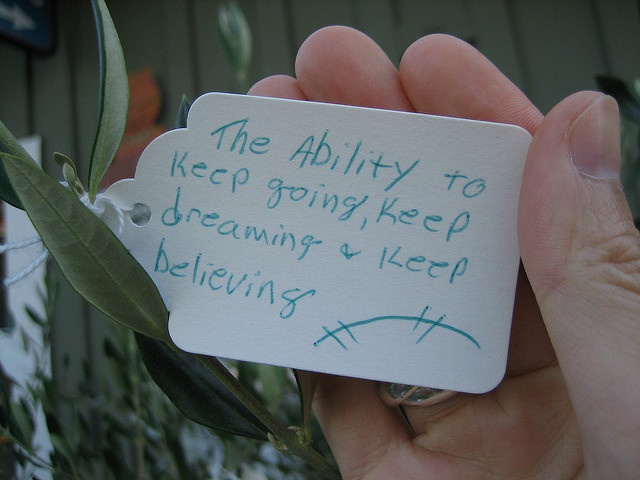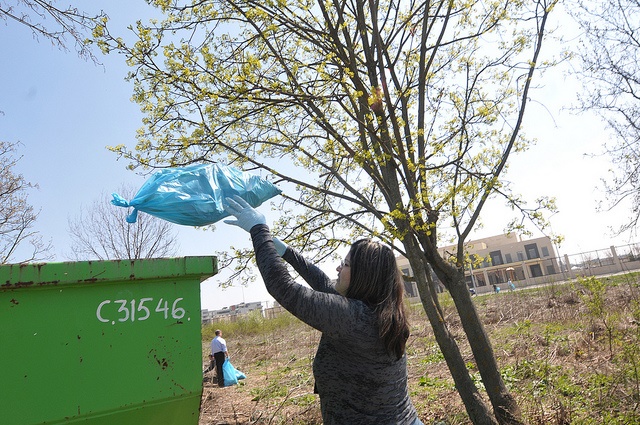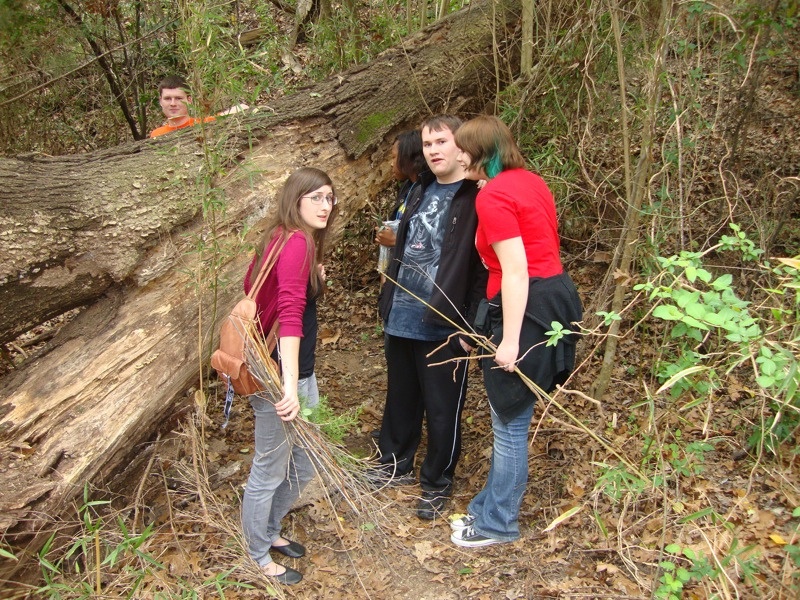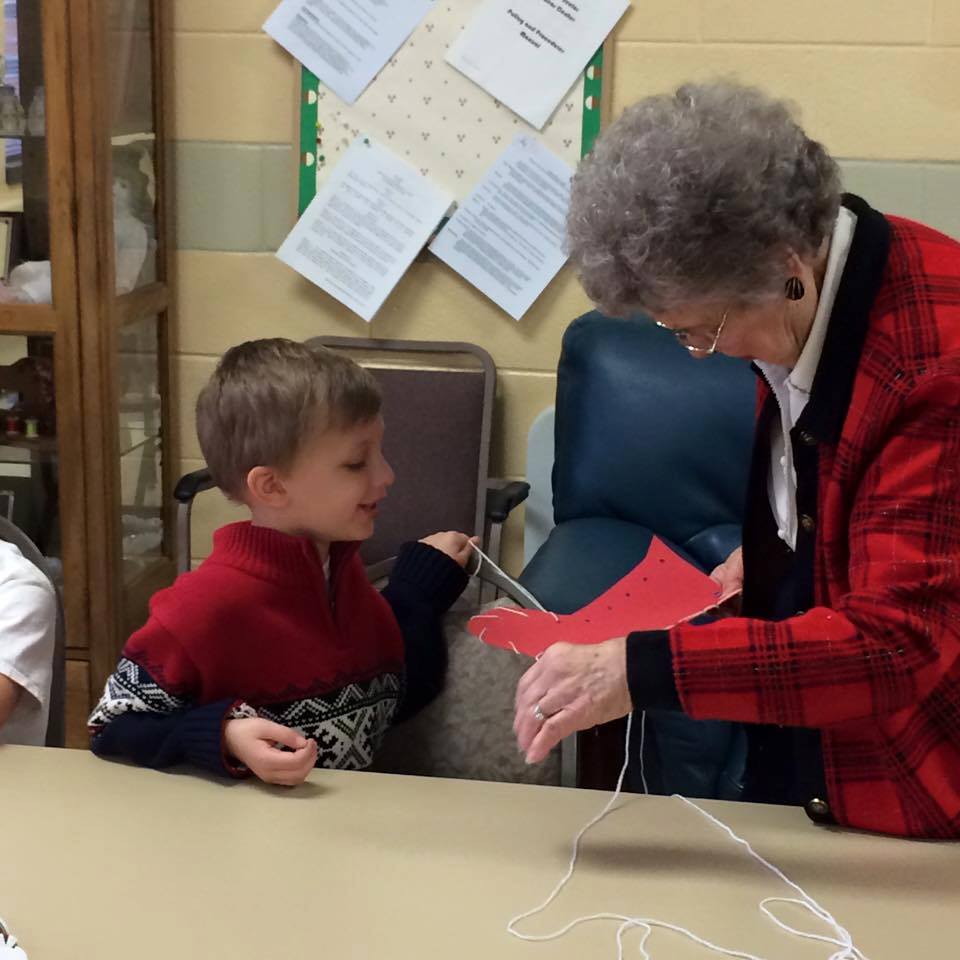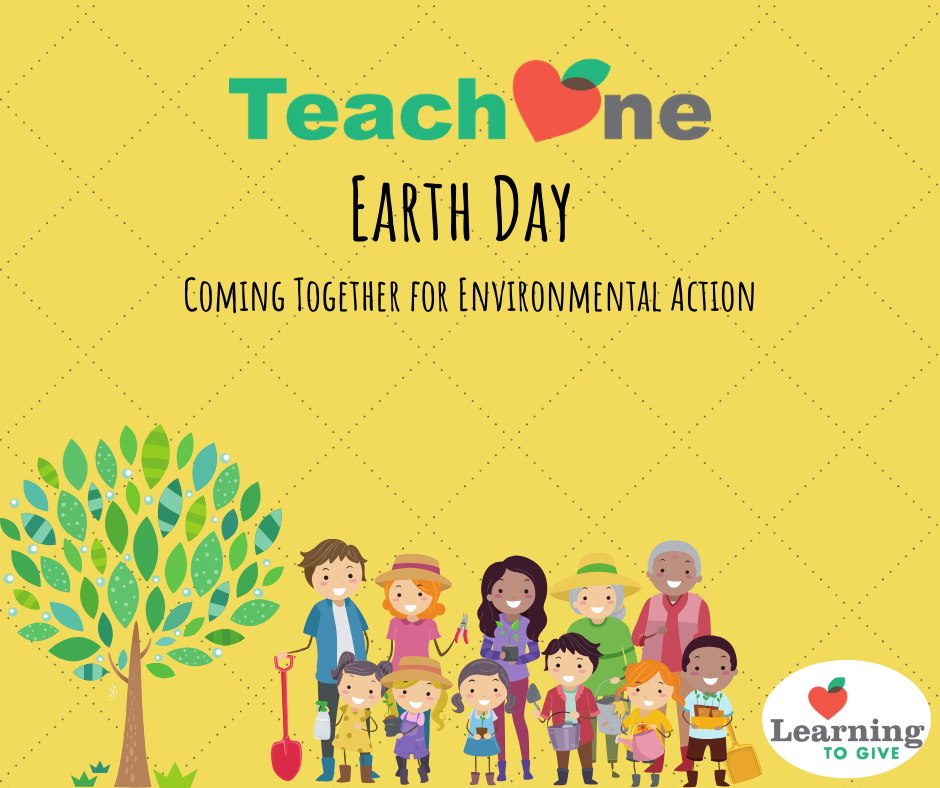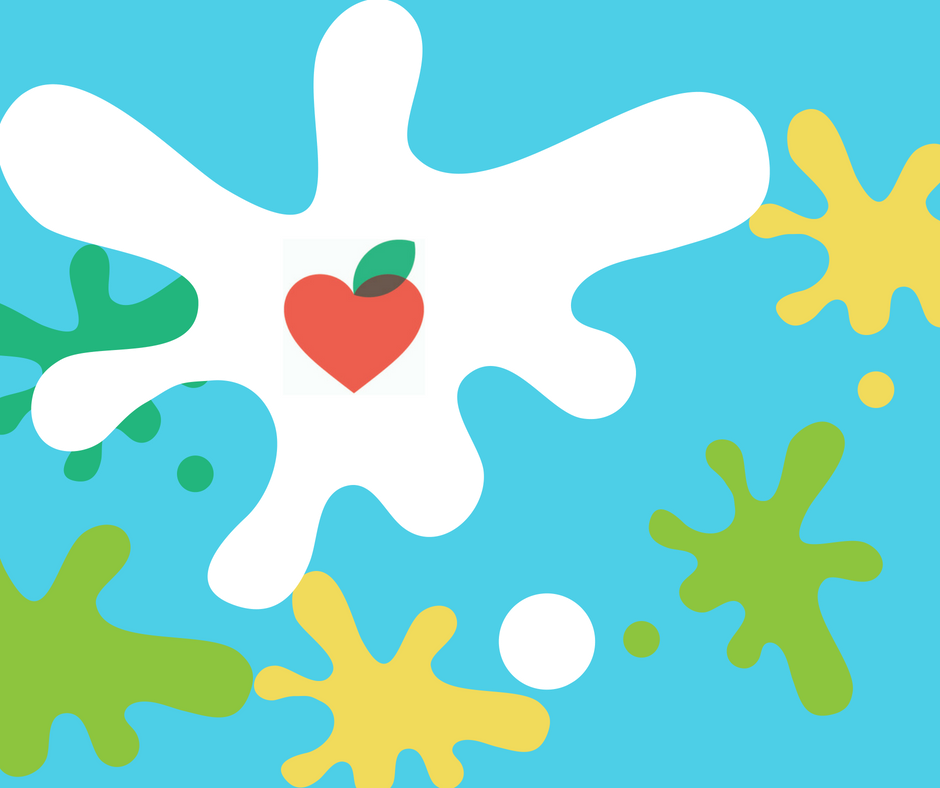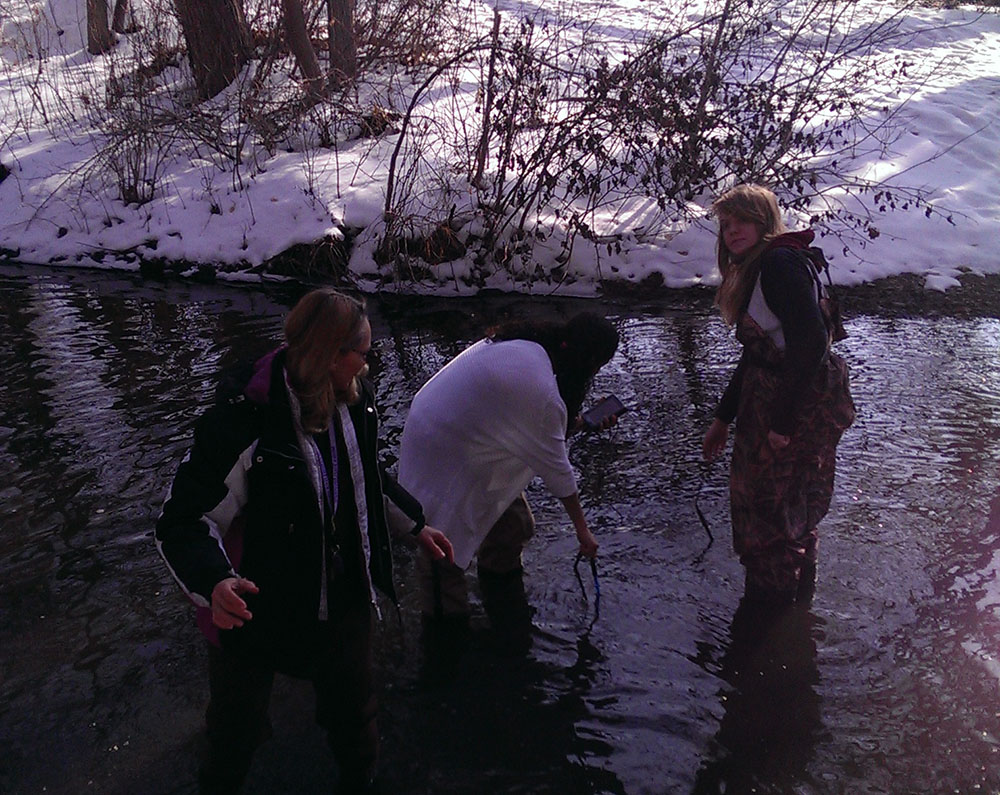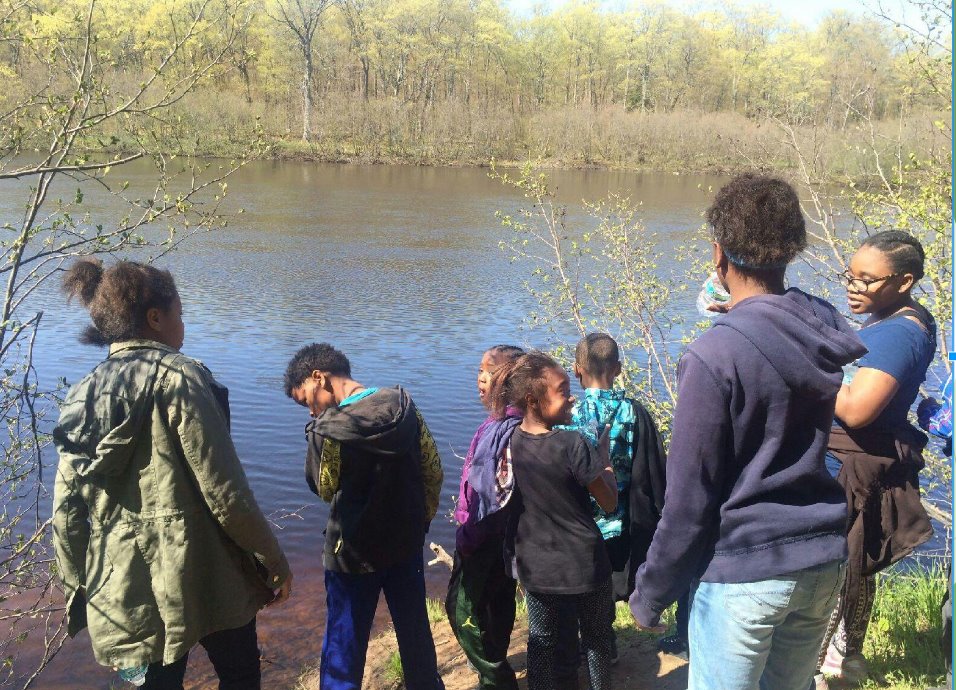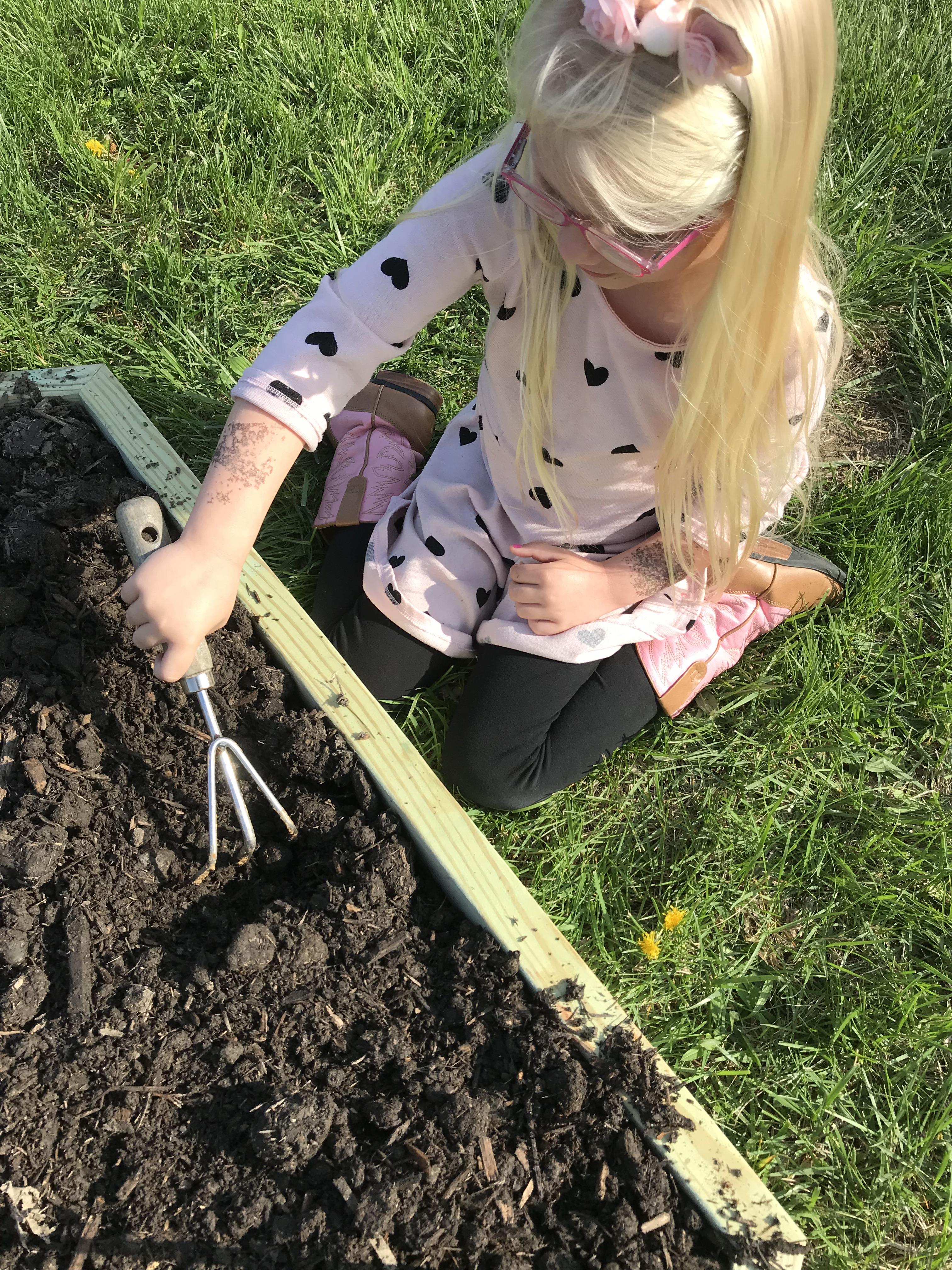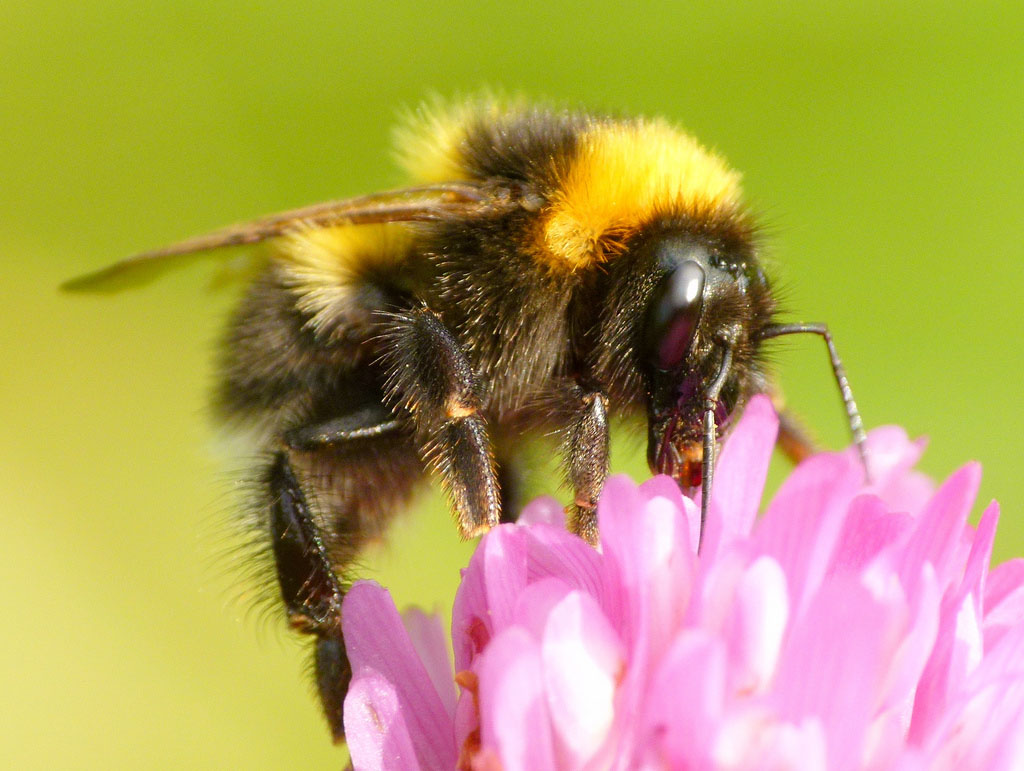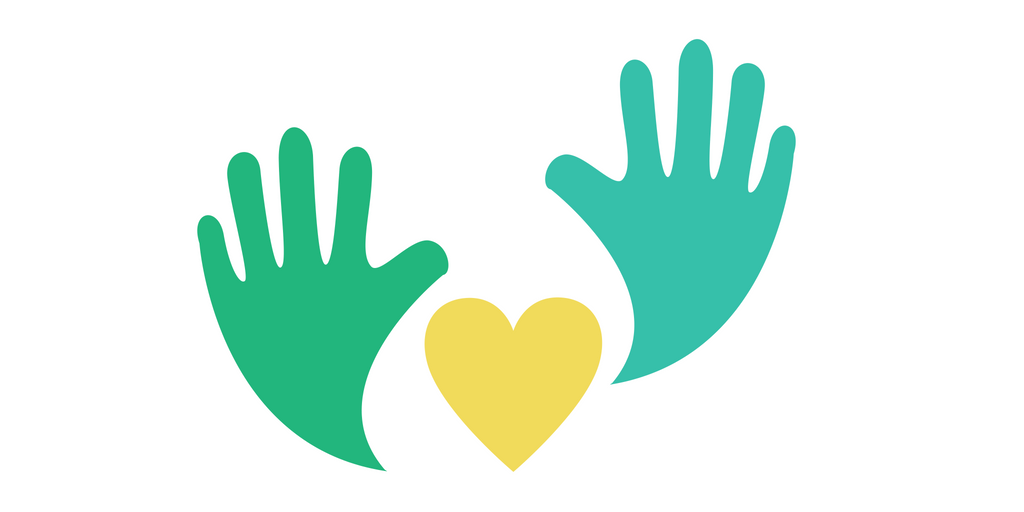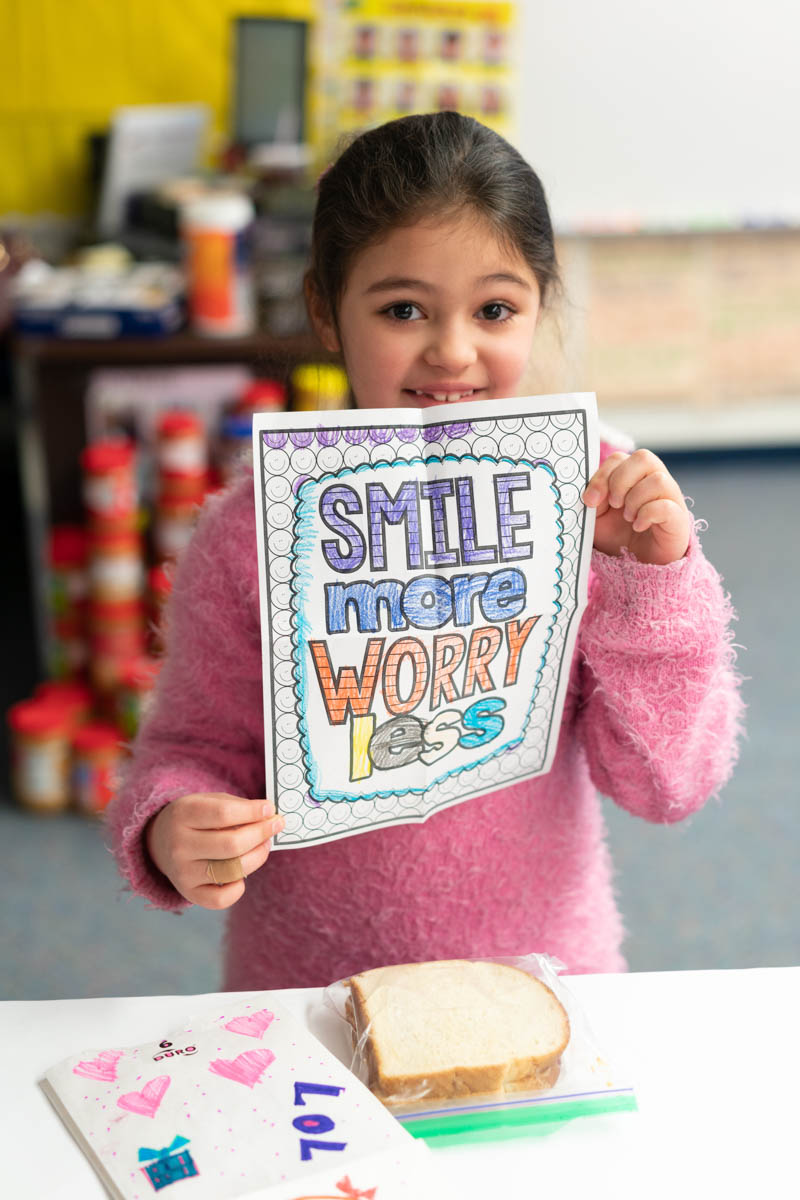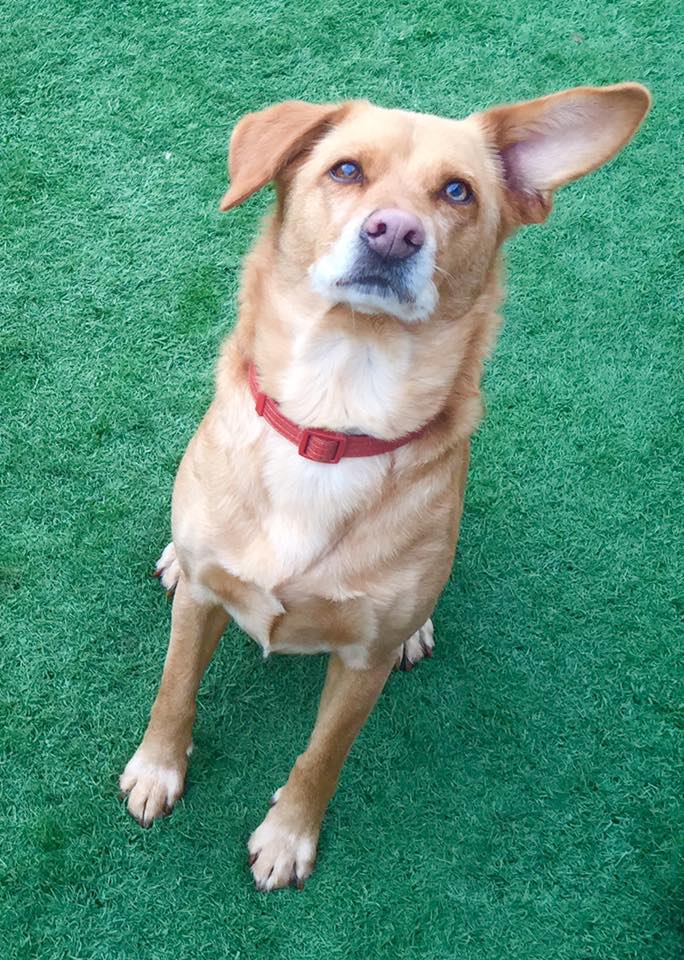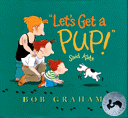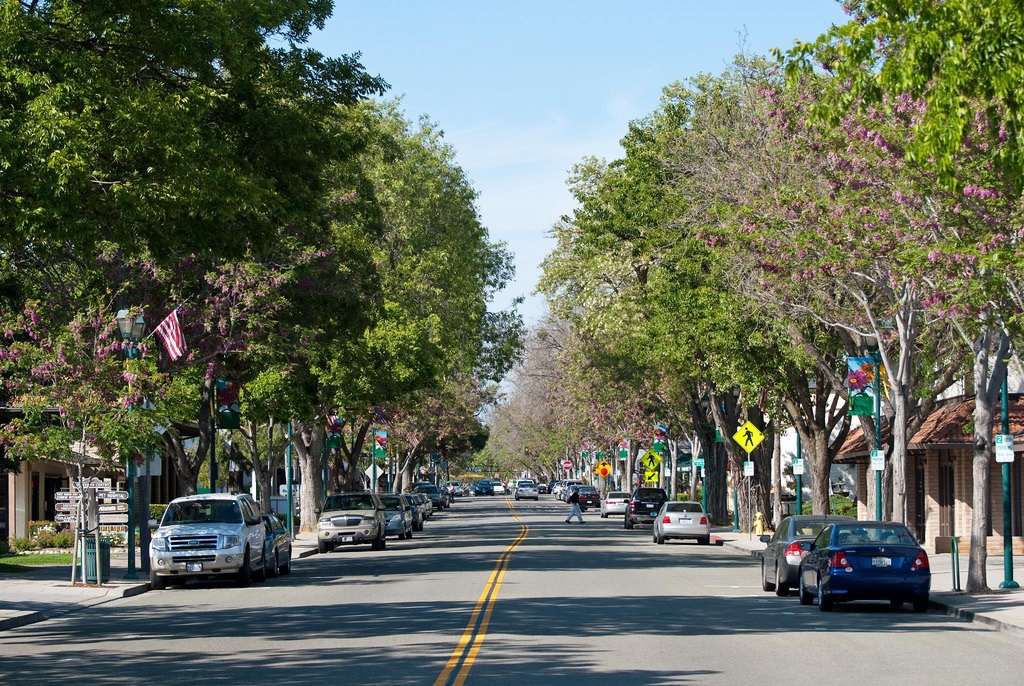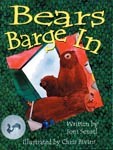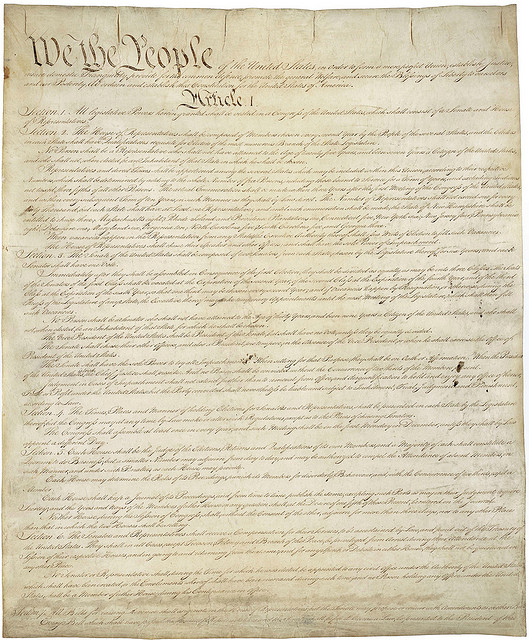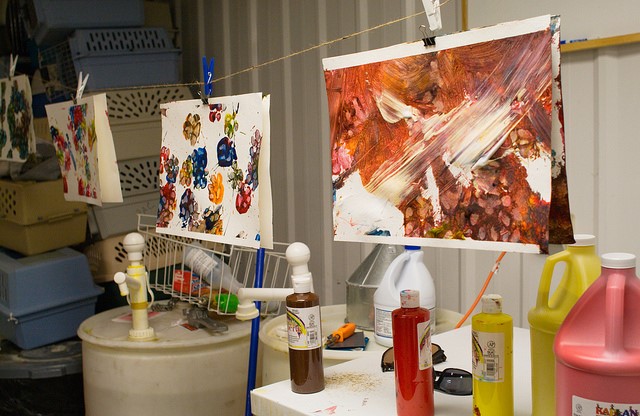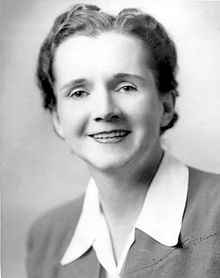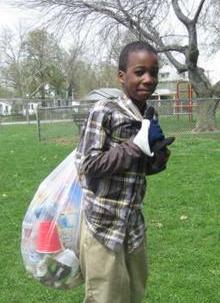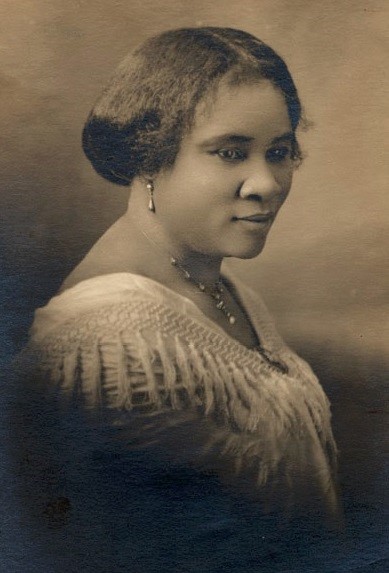These elementary and secondary lesson plans help you link learning to generosity during the time of social distancing.
Factions
Factions - a lesson for elementary, but good for discussion at any age
An activity and picture book discussion illustrate the tendency for people to see differences as a reason to fight. As we see in political divisions, society can be torn apart by factions. Differences provide an opportunity to be curious about someone else. Factions may also have a positive side when like-minded people collaborate to accomplish something difficult.
Women and Mothers
1. Women of the Industrial Era - a lesson for secondary students
Like the pandemic, the Industrial Revolution was a time that dramatically changed expectations we have about work and family life. This unit of four lessons looks at how the Industrial Revolution changed the role of women.
Video Discussion Guide - Women as Philanthorpists
2. Mother Teresa - a lesson for elementary students
Students identify the attributes of a hero who acts for the common good, such as Mother Teresa or today's healthcare workers. They learn about character traits of a hero and write a poem or letter telling about a current day hero.
Service Project Idea: Mother's Day is a day to call attention to the generosity and beauty of a mother's role in the life of a family. They work, love, serve, and challenge us to be our best. Write a tribute to your mother or to the role of mothers, and post it to express the gratitude we feel for our mothers.
Global Connections
1. U.N.'s Millennium Goals - a lesson for secondary students
In this lesson, students learn about the Sustainable Development Goals established by the United Nations to challenge people from around the world to work on eliminating poverty and increasing equality and a healthy environment. During the pandemic, the inequalities in our communities, schools, and world have become very obvious. This lesson may spark advocacy and research around educational equality in the U.S. and across the world.
Online Professional Development - Sustainable Development Goals and Youth Action
2. Who Has Rights? Who Has Privileges? - a lesson for elementary students
Students play a game that explores the difference between rights and privileges and challenges their expectations about basic rights. Students will explore the issue of education as a right that not everyone has access to.
Service Project: Set up a lending library in your yard: see Little Free Library for ideas.
Gratitude
Deliver Gratitude Day
This lesson focuses on the meaning and benefits of gratitude. Students give examples of what people give up (opportunity cost) when they give philanthropically.Service Project: Learners decide how they can 'deliver gratitude' to a deserving person or group. They may take action such as writing thank you notes.
Environmental Stewardship
1. Community Clean-Up - a lesson for secondary students
This lesson teaches about the history of Earth Day and looks at images that represent the themes of environmentalism. Students clean up an area in their community or create messages with symbolism of the effort to work together. John Muir said, "When we try to pick out anything by itself, we find it hitched to everything else in the Universe."Toolkit with project ideas and resources - Environmental Service-Learning
2. Mother Earth Connections - a lesson for elementary students
In this time between Earth Day and Mother's Day, a lesson focused on the concept of Mother Earth reminds us of our interconnectedness with nature, like a mother to its children. “Teach your children what we have taught our children, that the earth is our mother. Whatever befalls the earth befalls the sons of the earth. If men spit upon the ground, they spit upon themselves."Project idea: Walk outside and look for places where human activity is harming nature and fix it. For example, pull trash out of a flower patch.
Respect and Community
- Respect and Democracy - a lesson for secondary students
"While we all may be in the same storm, we are not in the same boat." Our global and local communities are made up of beautifully diverse people, situations, and perspectives. It is easy to think our way is the only way, and we have to work hard to feel and show respect for others. This lesson helps learners define and analyze the meaning of respect and identify its presence in Core Democratic Values.
LESSON PLAN - Respect and DemocracyReview the Core Democratic Values of the United States
- Neighbor Interviews - a lesson for elementary students
One silver lining of the stay-at-home order is that people are connecting more than ever with family, friends, and neighbors. We are finding creative ways to be together. Connect with someone from an older generation and tell their story.
LESSON PLAN - Neighbor InterviewsService project idea: Based on what you learned in the interview, drop something off at a special person's door - maybe a treat or a poem or drawing related to a memory.
Coming Together for Environmental Action
Elementary Lesson - Make an Outdoor Space Better for All
Students listen and respond to a read-aloud book about making a shared space better.
Secondary Lesson - Community Perspective of site Cleanup
Students gain empathy with a scenario reading. Students find an outdoor place that needs extra attention and stewardship, and then find out who the stakeholders are and interview them.
Project Idea: Walk around outside observing plants, use of space, and ways to make the shared space better. Then survey others to get ideas and permission to take action. Listening to different perspectives before making a plan of action shows respect and inclusiveness.
Art in Community
1. Connecting People Through Art - a lesson for secondary students
What is your favorite form of art? Singing, dancing, painting, writing? This lesson shares stories of people sharing their passion for art to bring people together. Grab musical instruments and play outside in the yard for others to enjoy or join in. Share your art in common spaces to brighten someone's day.
Project Idea: Donate art kits to kids who are in a local hospital. You can order art supplies and sew bags to hold a variety of supplies. Seek donations online to help you pay for the kits.
2. Reading for Pennies - a lesson for elementary students
Raising money for a service project can be done online by asking people to support your cause with pennies at a time. This lesson teaches how a simple fundraiser can bring together people to support you and a cause.
Literature Guide for Sam and the Lucky Money
Clean Water
1. Who Is Responsible for Clean Water? - a lesson for secondary students
Explore sustainability, stewardship, and the importance of clean water. Learners write a pledge to personally act to sustain clean water and share their research with others.
Project Idea: Interview the county water commission about storm drains. Volunteer to stencil the message or share information about "no dumping; drains to river" on storm drains.
2. Water Is Cool - a lesson for elementary students
Students measure amounts of water from 10,000 mL to identify where water on Earth is stored and what percentage of water is fresh and available for human use. As stewards of the Earth, what can you do to protect the valuable freshwater resources?
Alliance for the Great Lakes Watershed and Water Cycle Blog
Bees
1. Beneficial Bees - a lesson for secondary students
Students explore the roles of bees and learn about reasons their populations are declining. They design a project to attract bees.
Project Idea: Research and plant flowers that attract bees. Tell others in writing and through art about the importance of bees and how to attract and care for them.
2. Beneficial Bees - a lesson for elementary students
Students learn about the role of bees as pollinators and learn about reasons their population numbers have been declining in recent years. They create a letter or poster to teach others how to help bees.
Project Idea: Research and plant flowers that attract bees. Tell others in writing and through art about the importance of bees and how to attract and care for them.
Communities
1. Global Issues - a lesson for secondary students
John Donne, in 1624, said, "No man is an island." In the time of quarantine, we are often reminded of our inter-relatedness and responsibility to the common good. This lesson guides student exploration of an issue they care about and how it is addressed by the Sustainable Development Goals, foundations, and them.
Video Discussion Guide about Working for a Nonprofit
2. Do Something Beautiful - a lesson for elementary students
During the social distancing time, we can find creative ways to share messages of beauty and hope. This lesson uses literature to spark a discussion about simple things we can do to make a difference.
Miss Rumphius Literature Guide
Project Idea: On a front window that neighbors can see as they walk by, use painter's tape to mark off geometric shapes. Use acrylic paint to fill in the shapes with different colors. Remove the tape when the paint dries.
Animals
1. I Am a Hero for Animals - a secondary lesson plan
In this lesson, conduct research about the care animals need and who has taken action to stop animal neglect or mistreatment.
LESSON PLAN I Am a Hero for AnimalsProject Idea: Make a poster teaching others about an animal welfare need that the learner researches.
2. Meeting the Needs of Pets - an elementary lesson plan
In this lesson, explore what pets need to be loved and cared for by responsible pet owners. Contact an animal shelter and find out how they are caring for animals and what they need. There are two other lessons in the unit to explore animal needs and wants and the meaning of animal welfare.
LESSON PLAN Meeting the Needs of PetsProject Idea: Make homemade blankets or dog toys from old T-shirts to donate to a shelter.
Neighborhoods
1. Service to the Neighborhood -- a lesson for secondary students
This lesson helps young people see the neighborhood as part of their diverse world for which they have a social responsibility.
LESSON PLANService Idea: Create art to connect people in solidarity ... on the sidewalks, in your windows and doors, or in the shared spaces where people in your "neighborhood" walk through.
2. Neighborhood Vision -- a lesson for elementary students
This lesson helps young people see the positive traits in their neighborhood as part of their responsibility, and they explore ways to use their efforts to cheer up or clean up.
Service Idea: Put a teddy bear in your window and send notes around the neighborhood encouraging others to do the same. Families can go on a bear hunt to spot the bears in windows.
The picture books Bears Barge In and We're Going On a Bear Hunt are fun for this project.
The U.S. Census
1. Everyone Counted Every Ten Years -- a lesson about the census for secondary students
This lesson explains what the U.S. Census is and why it is important for everyone. Students read about the census and the U.S. Constitution and explore data collected in previous census years.
What Is the Census? video
2. What Is the Census and Why Is it Important? - a lesson plan for elementary students
Every ten years, we count everyone who is living in the U.S., from babies to the oldest people. This lesson helps young people understand why we do this. They may choose to tell others about the census as their voluntary action. This is called advocacy.
Understanding Advocacy and Action video
Character
1. How Can We Care -- a lesson for secondary students
This lesson is part of a larger unit on caring. This lesson teaches the story of the Starfish that illustrates that we can start by making a difference to one. Encourage family members to do something small as a start, possibly leaving kind clues around the neighborhood on stones for neighbors to find.
LESSON PLAN
Amnesty International video "Look Beyond Borders"
2. The Lion and the Mouse - a lesson plan for elementary students
Fables are short stories about animals that illustrate moral lessons. This lesson plan guides a discussion about the fable The Lion and the Mouse. Use this story as a springboard for thinking about how someone small can do something that makes a difference. A project idea may be to put kind messages in your window or on the sidewalk for passersby. Another idea is to share a funny video or inspiring quote on social media.
A list of folktales from around the world to teach generosity
Community Connections
1. Valuing Community - a lesson for secondary students
Even if we are separated during social distancing, we find ways to connect with others in our community. This lesson guides discussions about community and community capital. Write a statement of what community means to you. Share it with someone in your virtual community.
Background information - briefing paper on Social Capital
2. The Lonely Fish - a lesson plan for elementary students
Sharing literature is a great way to learn about people, places, and emotions when you can't get out and experience them in real life. This lesson plan guides a discussion about the importance of generosity in community. As we are isolated physically, our attitude and words can make a difference for others. We can brighten someone's day by writing notes to people we know but cannot see.
Literature guide for Rainbow Fish
Writing and Beauty
1. Writers as Activists: Fable for Today and Tomorrow - Rachel Carson - a lesson for secondary students
Since it is difficult to congregate in the time of COVID-19, one form of advocacy we have is writing. Read about the mighty pen of Rachel Carson who influenced people and actions to protect the environment.
LESSON PLANBackground information - Briefing Paper on Rachel Carson
2. Garden for Life - a lesson for elementary students
While community gardening might be offlimits, we can be outside and work on beautifying areas on our own. Maybe even organize a neighborhood beautification online and then schedule it so people aren't working in the same space at the same time.
Background information - Briefing Paper on Environmentalism
Individual Action
1. Madam C.J. Walker: Leader in Philanthropy and Successful Business Woman -- a lesson for secondary students
If your family is watching the Netflix series "Self Made" about the life of Madam C.J. Walker, this lesson plan guides youth investigation of her extraordinary generosity.
Background information about her philanthropy and career - Briefing Paper on Madam C.J. Walker
2. Powerful Words Can Warm the Heart - a lesson plan for elementary students
As we gather supplies for our families and prepare for social distancing, food is not the only necessity that gets us through. This lesson plan helps young people reflect on the value of art in community. Read aloud the book Frederick or follow along with this YouTube version.
Background information - Briefing Paper on Public Art in Philanthropy
